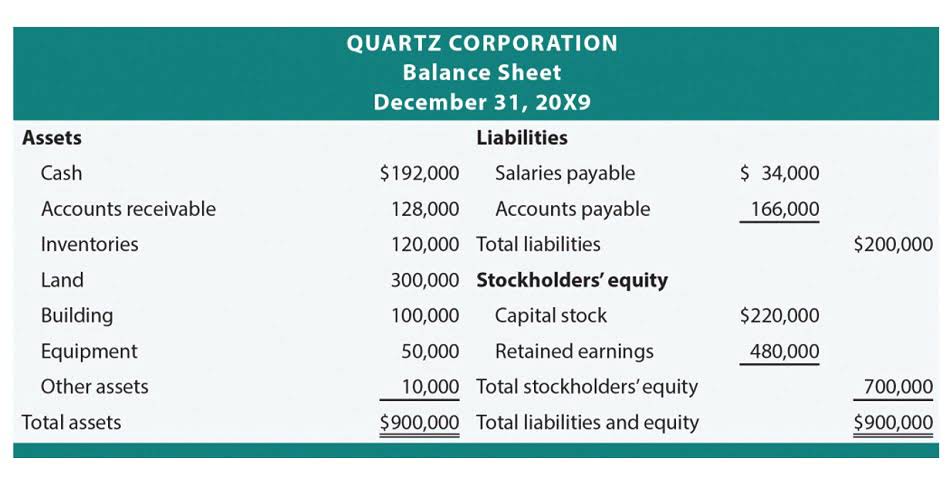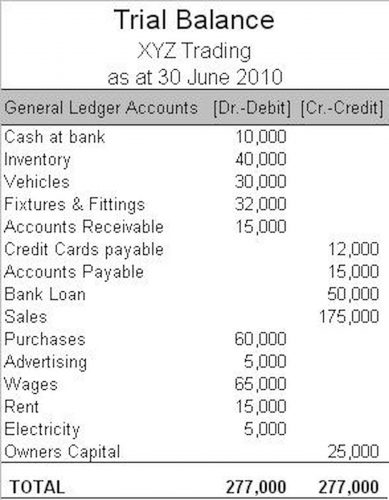
When it comes to managing finances effectively, understanding incremental cost can make a significant difference. Incremental cost, also known as the marginal or differential cost, refers to the additional cost a business incurs when producing or selling an additional unit of how is sales tax calculated a product or service. It is a crucial concept for decision-makers, allowing them to evaluate the profitability of specific actions and make informed choices that contribute to the financial success of their business. From the above information, we see that the incremental cost of manufacturing the additional 2,000 units (10,000 vs. 8,000) is $40,000 ($360,000 vs. $320,000).

Benefits to Incremental Cost Analysis
- Remember, identifying relevant costs requires a holistic approach, considering both short-term and long-term implications.
- It also helps a firm decide whether to manufacture a good or purchase it elsewhere.
- The calculation of incremental cost needs to be automated at every level of production to make decision-making more efficient.
- Economies of scale occur when increasing production leads to lower costs since the costs are spread out over a larger number of goods being produced.
- In this section, we will delve into the intricacies of comparing benefits and costs, providing insights from various perspectives.
- Incremental analysis models include only relevant costs, and typically these costs are broken into variable costs and fixed costs.
Since incremental costs are the costs of manufacturing one more unit, the costs would not be incurred if production didn’t increase. Incremental costs are usually lower than a unit average cost to produce incremental costs. Incremental costs are always composed of variable costs, which are the costs that fluctuate with production volumes. From a managerial perspective, incremental costing provides valuable insights into the cost-effectiveness of different options. It helps businesses identify the additional costs incurred and the corresponding benefits gained by choosing one option over another.

INCREMENTAL COST: Definition, Formula, Examples & Calculations

Incremental cost is the total cost incurred due to an additional unit of product being produced. The impacts of long run incremental costs can be seen on the income statement. For example, if the action taken resulted in more revenue, revenues would increase. In addition, cost of goods sold would increase as would operating expenses. These are the areas that would increase or decrease depending on whether a company decided to produce more or fewer goods or services, which is what long run incremental cost (LRIC) seeks law firm chart of accounts to measure. @aaaCookie, the incremental cost approach usually does not consider the costs you discuss.
SOLVENCY RATIO: Definition, Examples and Formulas
- Incremental cost, also known as the marginal or differential cost, refers to the additional cost a business incurs when producing or selling an additional unit of a product or service.
- You calculate your incremental revenue by multiplying the number of smartphone units by the selling price per smartphone unit.
- It covers important and significant costs that have a long-term impact on manufacturing costs and product pricing.
- Adding just one more unit to output would either require paying overtime or spending money on recruiting new staff.
- By analyzing the net impact, they can make an informed decision on whether the expansion is financially viable.
- Remember, every decision involves trade-offs, and understanding these limitations enhances our decision-making process.
But if the per-unit cost or average cost is decreasing by incurring the incremental cost, the company might be able to reduce the price of the product and enjoy selling more units. Such companies are said to have economies of scale, whereby there is some scope available to optimize the utility of production. If the LRIC increases, it means a company will likely raise product prices to cover the costs; the opposite is also true.
Each smartphone costs you $100 to produce, and your selling price each smartphone is $300. Companies utilize incremental revenue as a comparative measure with their baseline revenue level to calculate their return on investment. They may then determine how much money they can afford to spend on marketing efforts and how much sales volume is required to generate a profit for the company. Each organization determines costs differently based on its overhead cost structure. The separation of fixed and variable costs, as well as the assessment of raw material and labor costs, varies by organization.

Incremental Cost vs. Incremental Revenue

Remember, incremental costs are context-specific, and thorough analysis ensures informed decision-making. Whether you’re optimizing business processes, designing public policies, or improving patient care, understanding incremental costs empowers you to navigate complex choices effectively. To improve decision-making efficiency, incremental cost calculation should be automated at all levels of production. incremental cost There is a requirement to create a spreadsheet that tracks costs and output. Incremental cost is important because it affects product pricing decisions. If incremental cost leads to an increase in product cost per unit, a company may choose to raise product price to maintain its return on investment (ROI) and to increase profit.
